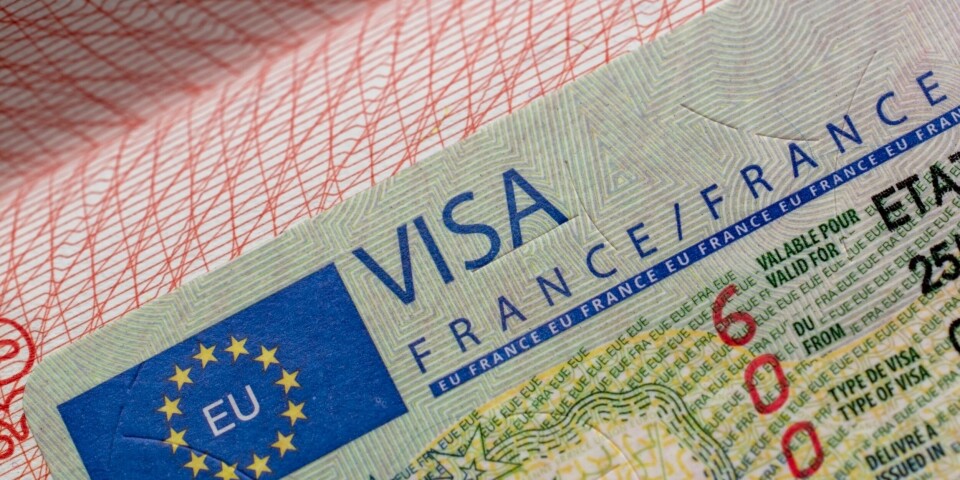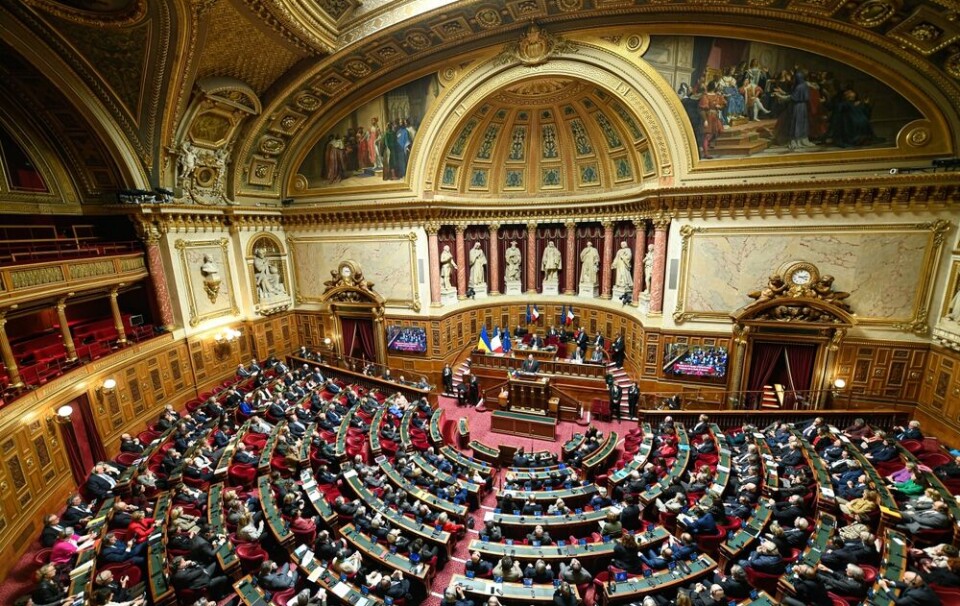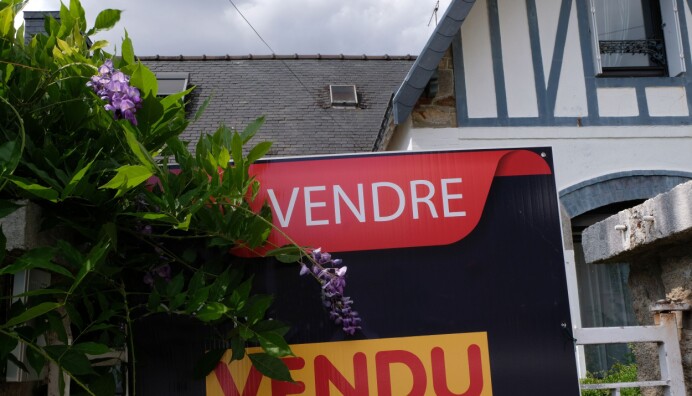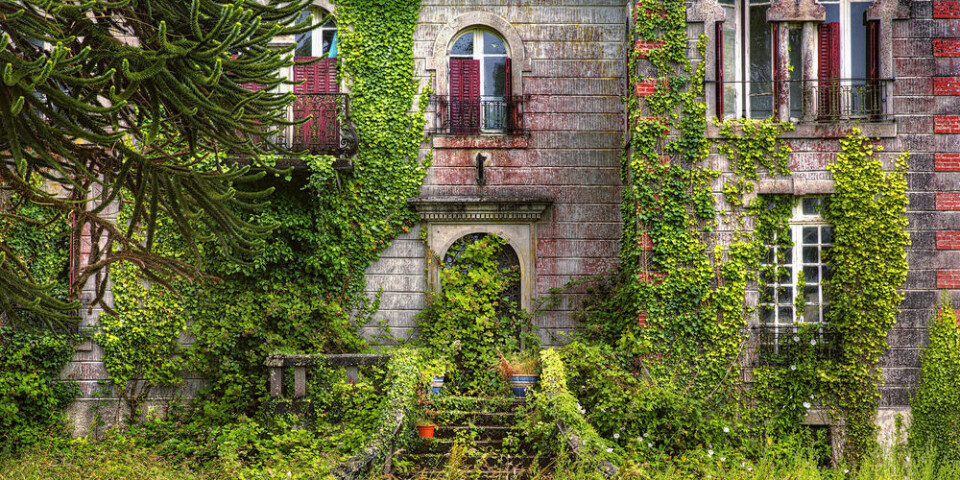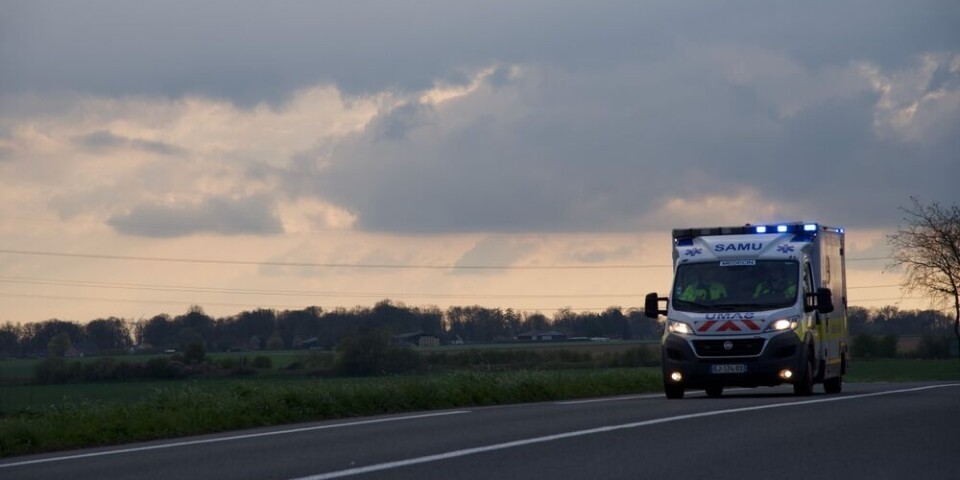-
Barn for conversion in French Alps on market for €278,000
Exterior dimensions and look must not be changed significantly
-
Plan for capital gain tax to apply to some main French homes
Current exemption would only apply after five years of ownership with some exceptions
-
Undergrowth clearance rules now in place across Var
New regulations affect most of department but aim to protect biodiversity
Who owns the boundary wall of our French property?
Dividing walls are generally shared but be aware of cases where this principle does not apply
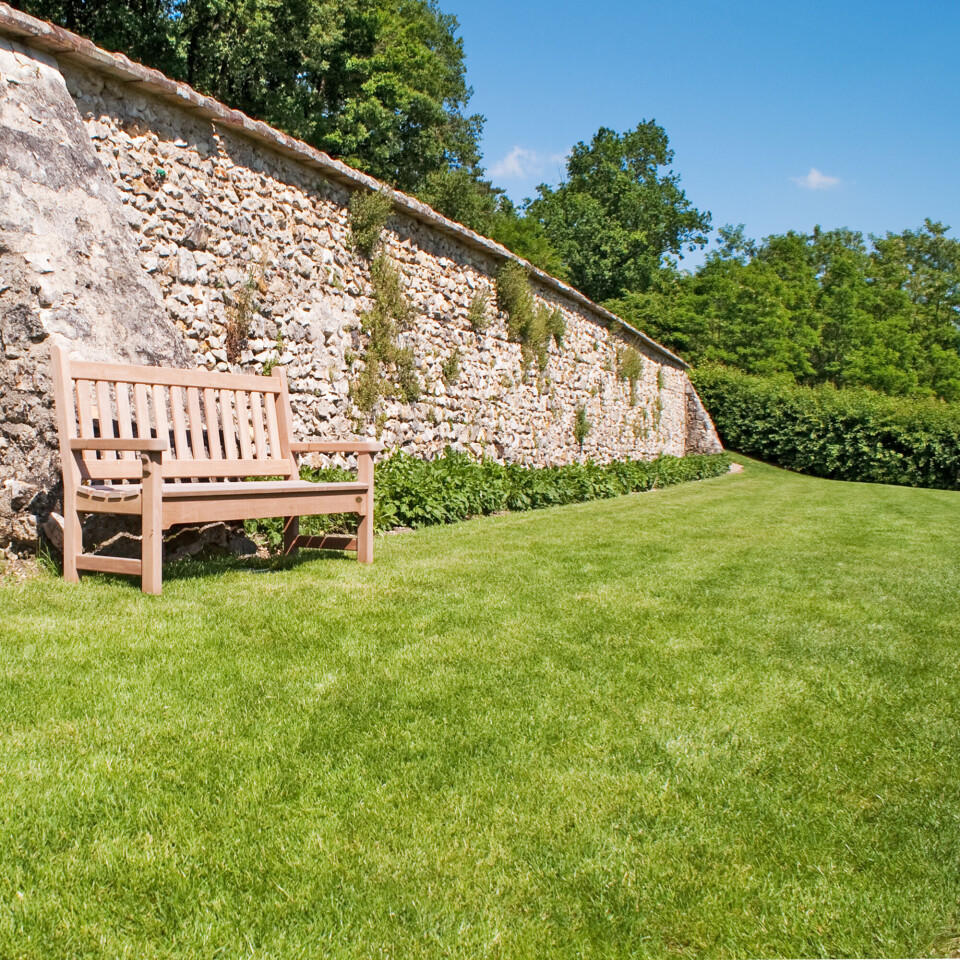
Reader Question: How do we know if the dividing wall on our property is ours?
The general principle is that dividing walls are shared between owners of the two properties, and both are responsible for maintaining them – but there are exceptions.
Read more: French property: Who is responsible for the upkeep of a shared wall?
Exceptions to the rule
The main one is if the wall does not separate two properties that are closed. For example, if the wall on the limits of your property has on the other side an open field or a wood, it will belong only to you.
Similarly, if the wall is part of your building, and forms part of the boundary with a neighbour’s garden or courtyard.
Continuing on this theme, if there is a common wall between two buildings (as with a semi-detached house), the wall is commonly owned if the buildings are of the same height.
But if one building is higher than the other, only the part where the two buildings touch is commonly owned.
Building a wall
A wall between properties built with the agreement of the two neighbours is assumed to be shared. Similarly, if it is built as the result of an act of clôture forcée by a commune (as when plots are subdivided).
However, one owner cannot build a boundary wall and then force their neighbour to accept co-ownership.
Shared ownership of a boundary wall is usually not in doubt and often mentioned in house purchase documents.
Related articles
€100,000 water bill, boundary rules: Five French property updates
French gutter rules stop rainwater soaking the neighbours
What is law in France on neighbour's trees growing into my property?




